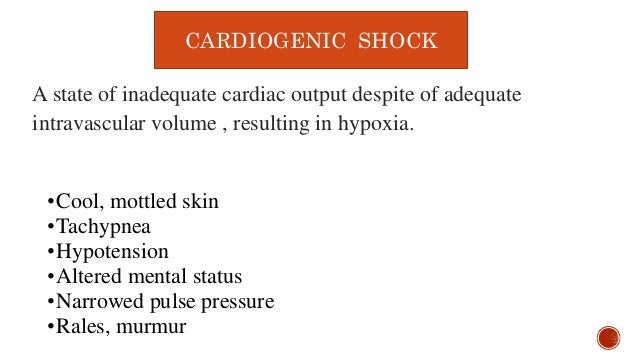

Indeed, excessive elevation of the CVP could theoretically cause dilation of the right atrium and right ventricle – further impairing the filling of the left heart.įinal cause of death in pericardial tamponade Increasing the central venous pressure may preserve venous inflow into the right atrium, but it cannot restore blood flow into the left atrium. Eventually, patients with tamponade develop left atrial collapse with impaired inflow of blood into the left side of the heart.Excessive increase in central venous pressure causes venous congestion, which impairs systemic perfusion.If the pericardial pressure rises high enough, it becomes impossible to compensate with an increased central venous pressure, for a few reasons:.Initially, increased pericardial pressure can be compensated for with increased central venous pressure (e.g., following volume administration).This impairs venous inflow into the heart (which is driven by the pressure gradient between the central venous pressure and the right atrial pressure formula above). The crux of pericardial tamponade is that the effusion increases pressure in the right atrium (RA pressure).(2) Patients may rapidly deteriorate following small increases in pericardial fluid.Ĭentral venous pressure (CVP) versus pericardial pressure.(1) Removing a relatively small amount of fluid may be sufficient to cause hemodynamic stabilization (e.g., removal of 50 ml from a 500-ml effusion, or alternatively, removal of 5 ml from a 50-ml effusion).However, at a certain point the pericardium can't expand further – so any increase in volume causes a large increase in pressure (the “steep” portion of the curves above). As the volume of the pericardial effusion increases, the pressure initially rises slowly.The physiological effect of the effusion depends on the pressure of the effusion – not the volume.Relationship of pericardial volume versus pressure 💡 Don't assume that tamponade will always be associated with a huge effusion that is easily visualized on ultrasonography.Acute tamponade (e.g., due to traumatic hemopericardium) may occur with ~50 ml of pericardial blood, because the pericardium doesn't have time to stretch.Subacute tamponade (e.g., due to malignancy) may occur with very large effusions (e.g., 1-2 liters).Over time, the pericardium can stretch to accommodate a greater volume.Given varying patient populations and varying clinical definitions used in different studies, it's probably not valid to directly compare numbers from different studies.Īcute vs. This chapter does provide some numbers quoted in the literature, but these only provide a rough concept of the performance of various tests. Therefore, it's largely impossible to obtain any accurate numbers regarding the sensitivity and specificity of any test for tamponade. For obvious reasons, this gold standard cannot be applied to most studies of tamponade.

Perhaps the closest thing to a gold standard would be clinical improvement after therapeutic drainage. There is no single gold-standard test or diagnostic criteria to determine the presence or absence of tamponade (indeed, tamponade actually exists on a spectrum, rather than as a single dichotomous variable!). Very specific, but can also be caused by hypovolemia or large pleural effusion.Very sensitive, but may be absent in coexisting RV dysfunction (e.g., pulmonary hypertension).If the right atrium is collapsed most of the time, this is more specific for tamponade.Any degree of atrial collapse is reasonably sensitive, but nonspecific.Nonspecific (also seen in RV failure, volume overload).Highly sensitive, but may be absent in low-pressure tamponade.Nonspecific (also seen in RV dysfunction, asthma, COPD, severe hypovolemia, extreme obesity).Good sensitivity (but false-negatives occur in hypovolemia, LV failure, aortic regurgitation, or mechanical ventilation).However, perhaps more important than any individual test is a thorough global evaluation of the patient (including exclusion of alternative causes of shock). Key tests to consider in evaluation of tamponade are listed below. Interventional radiology or surgical drainage.


 0 kommentar(er)
0 kommentar(er)
